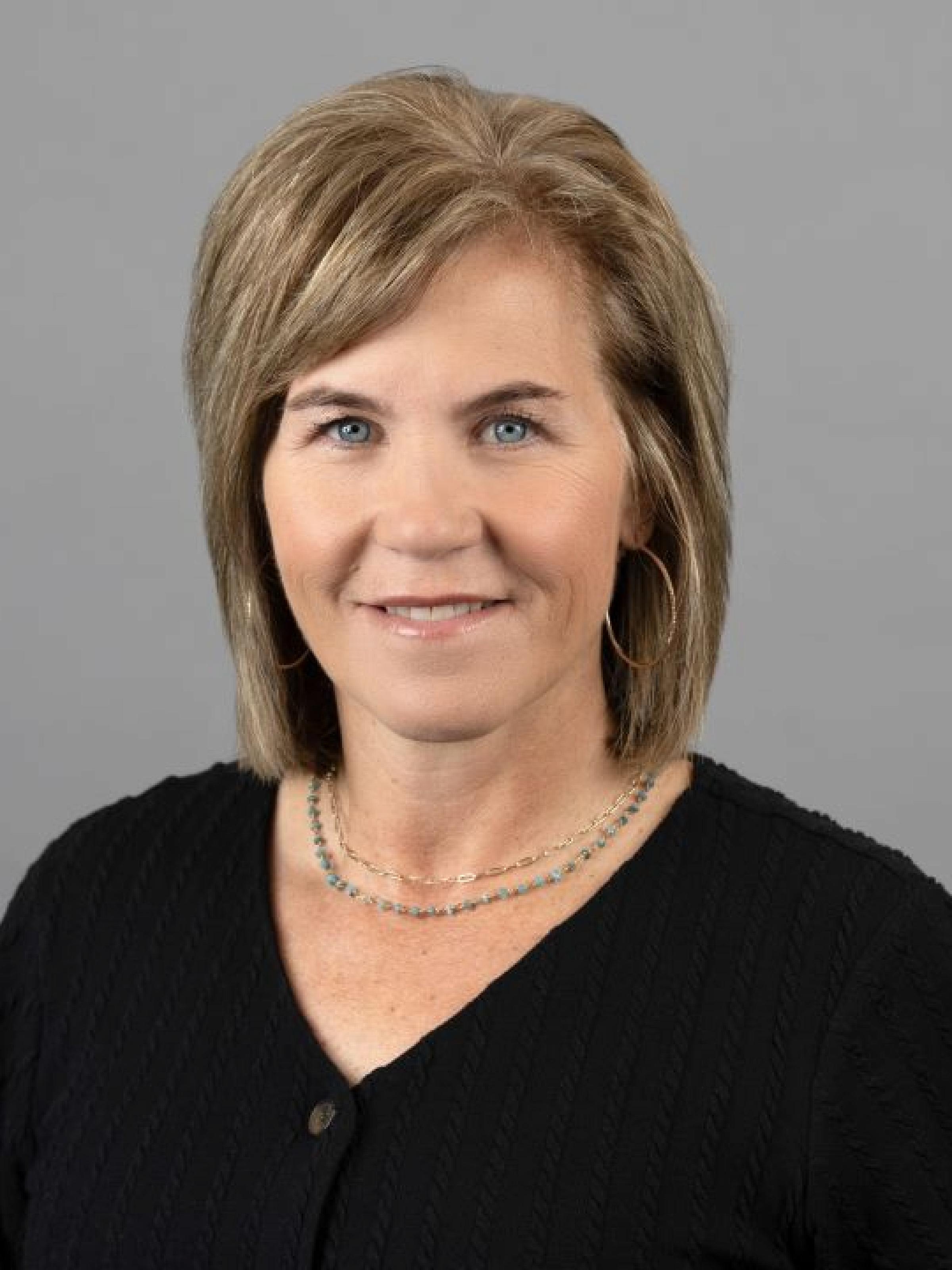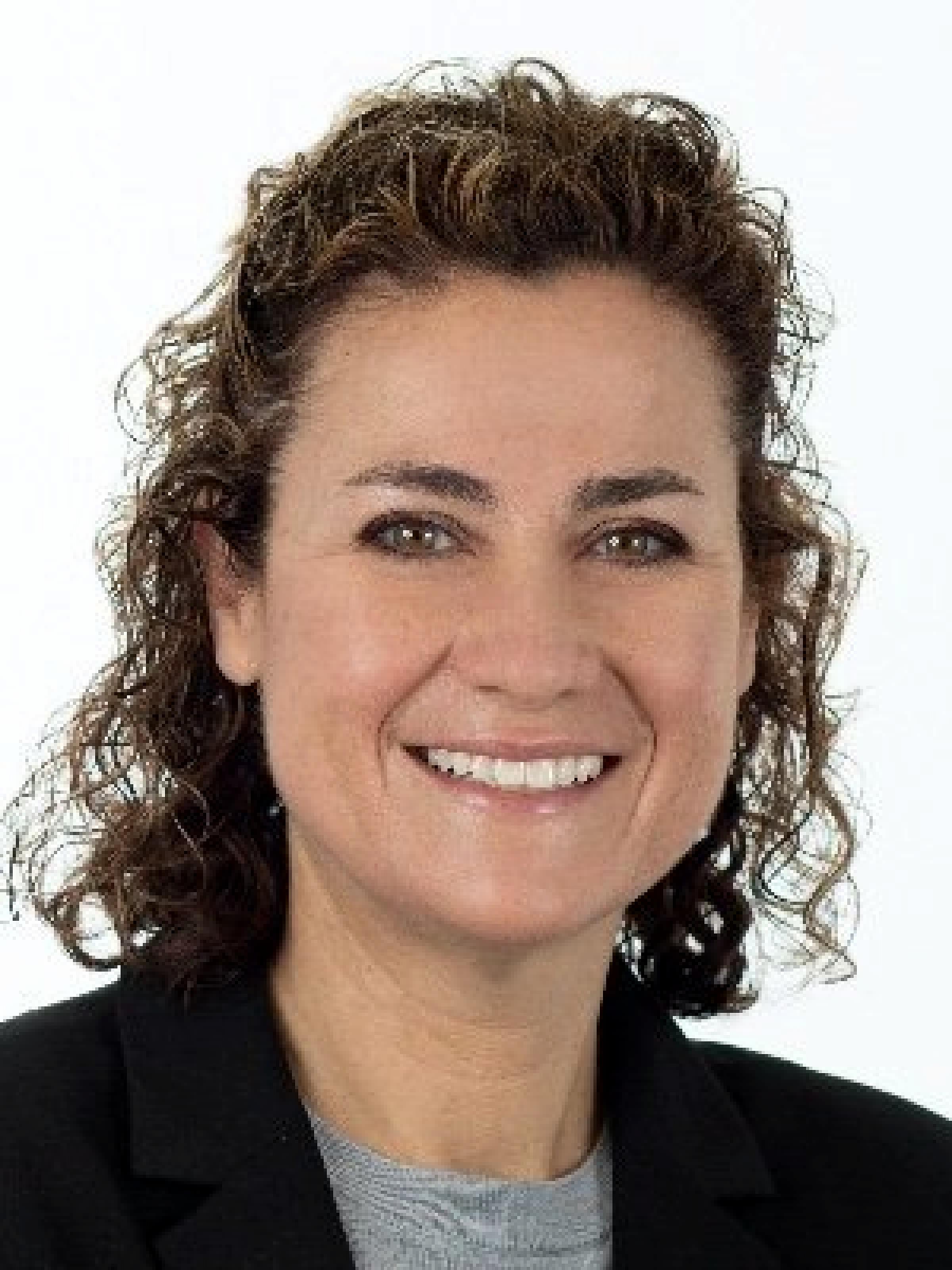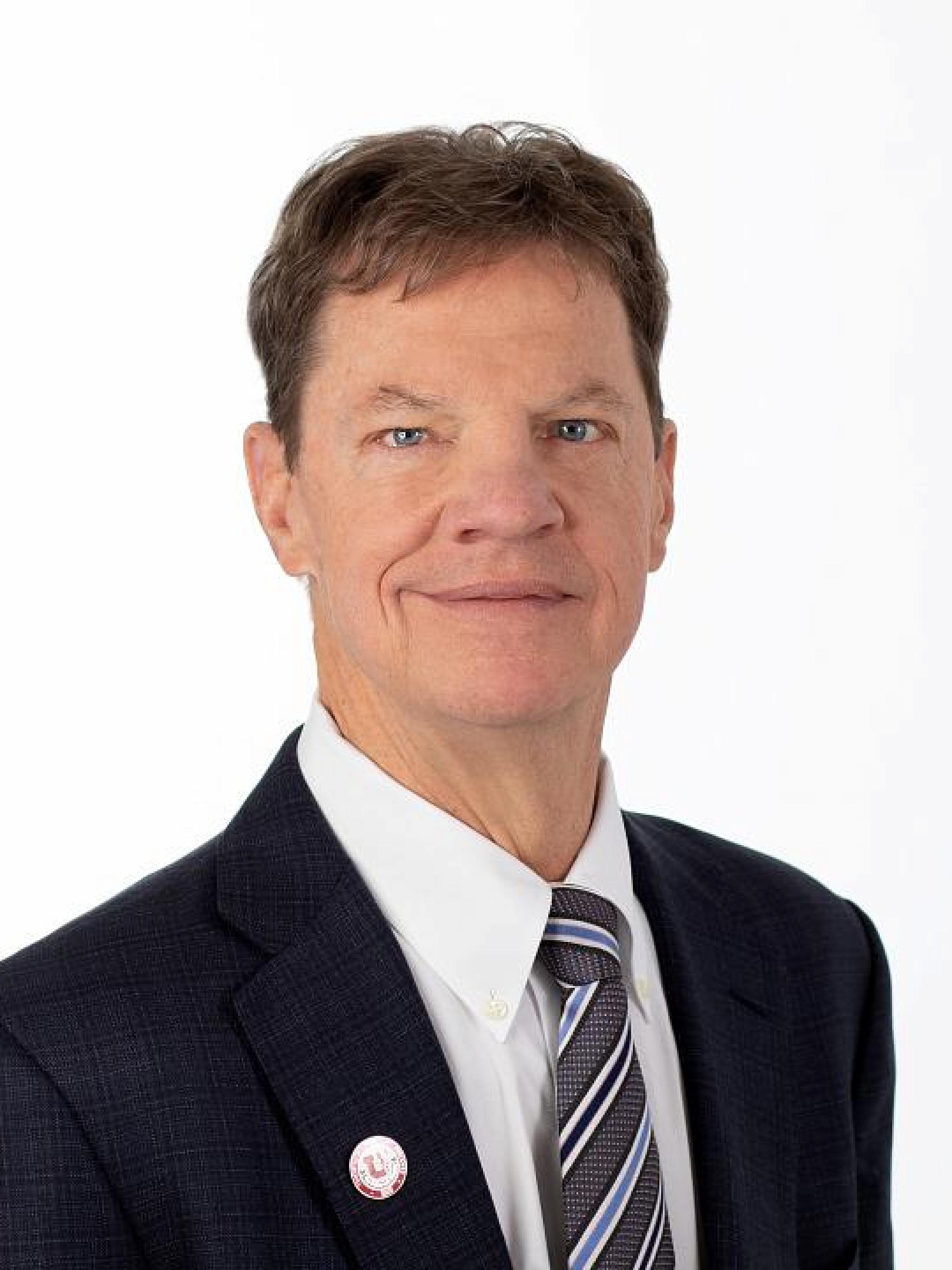
Integrated Cardiothoracic Surgery Residency Program

Integrated Cardiothoracic Surgery Residency Program
About the Integrated Cardiothoracic Surgery Residency Program
The first three years of the curriculum are designed to provide a broad training with a graduated level of responsibility and patient complexity.
The field of Cardiothoracic Surgery has changed dramatically over the last several years, including the introduction of new technologies such as endovascular interventions, percutaneous valves, minimally invasive surgery with and without robot assistance and modalities for advanced heart failure. With an aging population and an anticipated shrinking work force there will be an increased demand for well trained and specialized cardiothoracic surgeons in the near future. The goal of the integrated training program is to produce outstanding cardiothoracic surgeons by combining an intensive experience in cardiac and thoracic surgery with carefully selected experiences in general surgery, as well as related disciplines such as interventional pulmonology, interventional and diagnostic cardiology, and medical oncology to name a few. This change provides the opportunity to address the continued evolution of care in the treatment of increasingly complex cardiothoracic disease by modifying the traditional course of cardiothoracic surgical education. The curriculum preserves the significant contribution of general surgery and vascular surgery training to the development of a well-rounded, clinically competent to cardiothoracic surgeon.
Our division of cardiothoracic surgery will aim to have one position per year in the integrated program and maintain the traditional fellowship program (two years of training after general surgery residency).
PROGRAM INFORMATION
Residents in this cardiothoracic residency program participate in high-level discussions, including the Lung Transplant Selection Meeting, Aortic Conference, and Thoracic Treatment Planning Conference. With competitive salaries, excellent benefits, and dedicated time for national meetings like STS and AATS, this CT surgery residency prepares future leaders in the field. Explore for more details below.
Vacation/Meeting Time Off
- Three weeks of vacation per year
- Meeting time provided on an individual basis in first year for TSDA Boot Camp or equivalent
- Meeting time provided to attend a major conference such as STS or AATS in second year
- Meeting time provided for research presentations at conferences
MONDAY
- Monday Lung Transplant Selection Meeting
TUESDAY
- SESATS Review of ABTS Core Curriculum
- Educational Conference, Case Presentations
- Thoracic Treatment Planning Conference
- Heart Failure Meeting
- STS Learn CT Surgery Assignment
WEDNESDAY
- TAVR Pre-op Meeting
MONTHLY
- Aortic Conference
- Journal Club
- Mortality and Morbidity Conference
OTHER
- Join conferences with Division of Cardiology
- In-Service Exam Annually
RESIDENCY STRUCTURE
The Integrated Cardiothoracic Surgery Residency program has a structured path from foundational surgical training to advanced cardiac and thoracic procedures. Early years focus on core surgical skills, clinical rotations, and critical care, while a dedicated academic enrichment period offers research and advanced degree opportunities. Senior residents take on leadership roles, performing complex heart, lung, and vascular surgeries. With hands-on experience and expert mentorship, this top CT surgery residency program in the Mountain West prepares residents for careers in cardiothoracic surgery. Explore the CT surgery residency PGY structure below:
- PGY-1
- The resident is expected to learn and practice the basic concepts of preoperative and postoperative care, learn to identify and care for critically ill patients, and develop competence in basic surgical skills. Clinical rotations include Trauma and Emergency Surgery, Foregut and Bariatric Surgery, General Surgery, Surgical Oncology, Vascular Surgery, Cardiac Surgery, Thoracic Surgery, Cardio-Vascular Intensive Care, and Cardiac Anesthesia
- PGY-2
- In the second year, the resident is expected to gain increased responsibility in preoperative and postoperative care, especially in diagnostic work-up and developing treatment plans. The resident is expected to become more technically proficient and skilled in basic surgical procedures. Clinical rotations include Acute Care Surgery, Foregut and Bariatric Surgery, Pediatric Surgery, Vascular Surgery, Cardio-Vascular Intensive Care, and Cardiothoracic Surgery.
- PGY-3
- In the third year, the resident will begin to function at a more senior level, with continued responsibility in preoperative and postoperative care, and increasing responsibility in the operative setting. The resident will be expected to become more technically proficient and skilled in more advanced surgical procedures as well as Endovascular skills. Clinical rotations include Colorectal and Abdominal Surgery, Surgical Oncology, Vascular Surgery, Cardiac Surgery, and Cardiothoracic Surgery.
- Professional Development/Academic Enrichment (2 years)
- After the first three clinical years, the Integrated Cardiothoracic Surgery Resident at the University of Utah will do 2 Professional Development/Personal Academic Enrichment years. The academic enrichment experience is designed to provide residents with a great deal of flexibility to pursue scholarly academic experience. These two years are either laboratory or clinical research opportunities, and likely done in conjunction with the pursuit of a graduate degree in a related or ancillary field (eg. Masters of Science in Clinical Investigation, MBA, Masters in Education, or PhD). The last three years of training are devoted to the surgical, percutaneous and minimally invasive treatment of acquired cardiac disease, congenital cardiac disease, thoracic and esophageal disease (components of cardiothoracic surgery). The residents will continue to follow the cardiothoracic surgery core curriculum, attend mandatory teaching and didactic conferences, and take the annual TSDA In-training exam.
- PGY-4
- The resident continues to gain experience with open and minimally invasive thoracic and esophageal disease, and more complex open and endovascular surgery. Senior level training begins on the thoracic and cardiac surgery services. The resident will go over the preoperative patient history, diagnostic work-up and relevant imaging studies with attending staff, and actively participate in multidisciplinary treatment planning conferences. On the pediatric cardiac service, residents will function as first assistants for complex cases, and perform those cases appropriate for their level of training. Residents will learn and perform basic cardiovascular and thoracic surgical procedures. Clinical rotations include Pediatric Cardiac Surgery, Cardiac Surgery and Thoracic Surgery. The final two years in the Integrated Cardiothoracic Surgery program are similar to the experience obtained in the Traditional Cardiothoracic Surgery training program (2-year training after general surgery residency).
- PGY-5
- In the fifth clinical year, the resident will function at the senior level, with continued levels of increasing operative expectations. The resident will function as the primary surgeon with direct attending supervision while on the thoracic surgery service. On cardiac surgery, residents will act as primary surgeon on appropriate level cases and first assistant on complex cases. Clinical rotations include Cardiothoracic Surgery, Thoracic Surgery, Cardiac Surgery and Interventional Cardiology.
- PGY-6
- In the sixth year, the resident will function as the chief resident on adult cardiac surgery and thoracic surgery. In addition, the resident will serve as the administrative chief resident for the residency program. Residents will be involved in all aspects of patient care, including preoperative planning and postoperative management. Residents will function as primary surgeon on both basic and complex level thoracic and adult cardiac surgical cases. Clinical rotations include Cardiothoracic Surgery, Cardiac Surgery, Thoracic Surgery, and four months of elective time for a rotation of the resident’s choosing in Cardiac Surgery, Thoracic Surgery or Mechanical Circulatory Support/heart and lung transplantation.
APPLICATION INFORMATION
Interested in joining the Integrated Cardiothoracic Surgery Residency at the University of Utah? Eligibility and application requirements are outlined below.
ELIGIBILITY REQUIREMENTS
- III.A. Eligibility Requirements
- III.A.1. An applicant must meet one of the following qualifications to be eligible for appointment to an ACGME-accredited program:
- III.A.1.a) graduation from a medical school in the United States or Canada, accredited by the Liaison Committee on Medical Education (LCME) or graduation from a college of osteopathic medicine in the United States, accredited by the
- American Osteopathic Association Commission on Osteopathic College Accreditation (AOACOCA); or,
- III.A.1.b) graduation from a medical school outside of the United States or Canada, and meeting one of the following additional qualifications:
- III.A.1.b.(1) holding a currently valid certificate from the Educational Commission for Foreign Medical Graduates (ECFMG) prior to appointment; or,
- III.A.1.b).(2) holding a full and unrestricted license to practice medicine in the United States licensing jurisdiction in which the ACGME-accredited program is located.
- III.A.2. All prerequisite post-graduate clinical education required for initial entry or transfer into ACGME-accredited residency programs must be completed in ACGME-accredited residency programs, AOA approved residency programs, Royal College of Physicians and Surgeons of Canada (RCPSC)-accredited or College of Family Physicians of Canada (CFPC)-accredited residency programs located in Canada, or in residency programs with ACGME International (ACGME-I) Advanced Specialty Accreditation.
- III.A.2.a) Residency programs must receive verification of each resident’s level of competency in the required clinical field using ACGME, CanMEDS, or ACGME-I Milestones evaluations from the prior training program upon matriculation.
- Submit your application through the universal application ERAS System (Electronic Residency Application Service) hosted by the Association of American Medical Colleges, AAMC Applying To Residency
- Personal Statement(s)
- Letters of Recommendation (LoRs) . Note: An LoR cannot be assigned to programs until the LoR author uploads it to the Letter of Recommendation Portal (LoRP).
- Medical Student Performance Evaluation (MSPE or “Dean’s Letter”) (Note: Automatically assigned.)
- Medical School Transcript (Note: Automatically assigned.)
- ECFMG Status Report (IMGs only) (Note: Automatically assigned.)
- Photograph
- Send your USMLE and/or COMLEX-USA Transcripts Note: Instead of uploading your transcript, you must authorize the release of your transcript before you can assign it to programs.
The Universal Thoracic Application is available on the NRMP website, NRMP The Match
CONNECT WITH US

Administration Manager
Elise Collins

